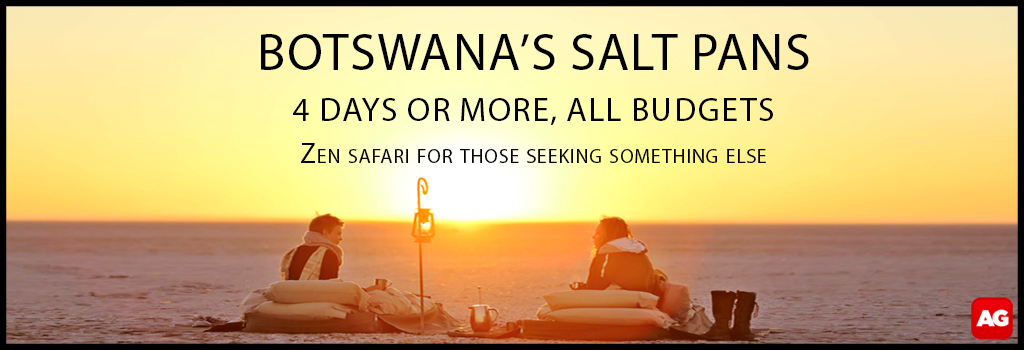The “species” is a currency scientists use to measure the diversity of life on planet Earth. Although “a species” is just a term invented by humans, it has proved a powerful tool for categorising life forms into units that can be conserved. There is no hard and fast definition, but biologists generally agree that if two organisms can interbreed and produce fertile offspring, they are members of the same species, and vice versa. The redfin minnow is such a species.

The streams flowing through the Cape Floristic Region (CFR), a biodiversity hotspot at the southwestern tip of Africa, are home to a unique and ancient group of freshwater fishes. Although until recently, only 19 freshwater fish species were known from the region, scientists suspect that there may be far more diversity swimming through these rivers than what meets the eye. This suspicion is founded on the fact that the mountains through which the CFR streams flow have been geologically stable for millions of years, resulting in the isolation of fish populations in different catchments. When a population is isolated for a long time, it can slowly change and may eventually reach the point when it can no longer interbreed with individuals from other populations to which it was once connected – in essence, a new species has evolved.

Sometimes, new species look almost identical to their ancestors, making it difficult to tell them apart based purely on their morphology (physical features). By analysing the genetic makeup of individuals from different populations and comparing their morphology and behaviour, our ability to distinguish one species from another has been greatly improved. Using this approach, researchers at the South African Institute for Aquatic Biodiversity (SAIAB, Grahamstown), Dr Albert Chakona and Dr Ernst Swartz recently uncovered a new species of redfin minnow (one of the groups of freshwater fishes unique to the CFR) – the giant redfin Pseudobarbus skeltoni – named after Professor Paul Skelton in honour of his inspiring research on South African freshwater fish. The species was discovered in the Krom River, a tributary of the Molenaars River in du Toitskloof, and in the Riviersonderend River above Theewaterskloof Dam, and is thought to have also once occurred in the Wit River that flows through Bainskloof. This discovery is exciting if one considers that previously only seven redfin species were known from the region.

Some subtle differences exist between this new species and its closest relatives; the Breede River redfin P. burchelli and the Berg River redfin P. burgi. As the name implies, the giant redfin is notably larger than the other species, reaching lengths above 155mm compared to the other species, which do not exceed 135mm and 120mm in length, respectively. The head of the giant redfin is long and slender, and its mouth is terminal (forward-facing), while the other two species have relatively short, stubby heads with sub-terminal (downward-facing) mouths. These features suggest that the giant redfin feed on prey drifting in the water column, unlike the other two species, which consume most of their food from stone surfaces on the stream bed.
Unfortunately, exotic predatory fish like bass and trout appear to have severely depleted the giant redfin populations in the Krom and Riviersonderend rivers to the point where now probably only a few hundred adults remain. This situation places the new species at serious risk of extinction, but now that conservationists are aware of its existence, and critical status, measures can be taken to safeguard the remaining populations and give them a fighting chance of survival. It is, however, possible that additional populations of giant redfin exist, and we appeal to fishermen, hikers and members of the general public to please report any locations where fish fitting the description of the giant redfin are seen.
Chakona, Swartz and other researchers SAIAB are now busy analysing samples collected from streams throughout the CFR with the objective of better understanding how many species of fish exist in our fynbos streams and which of these species require special conservation attention. Without such work, we cannot hope to appreciate and protect the unique and threatened freshwater fish heritage of the CFR.
Please report any giant redfin sightings to Dean Impson (freshwater fish scientist at CapeNature) dimpson@capenature.co.za or Dr Albert Chakona (research scientist at SAIAB) a.chakona@saiab.ac.za.
For further information, click HERE to download the scientific article documenting the discovery of the giant redfin
ALSO READ: Blind cave catfish needs research
To comment on this story: Login (or sign up) to our app here - it's a troll-free safe place 🙂.![]()
HOW TO GET THE MOST OUT OF AFRICA GEOGRAPHIC:
- Travel with us. Travel in Africa is about knowing when and where to go, and with whom. A few weeks too early / late and a few kilometres off course and you could miss the greatest show on Earth. And wouldn’t that be a pity? Browse our ready-made packages or answer a few questions to start planning your dream safari.
- Subscribe to our FREE newsletter / download our FREE app to enjoy the following benefits.
- Plan your safaris in remote parks protected by African Parks via our sister company https://ukuri.travel/ - safari camps for responsible travellers






